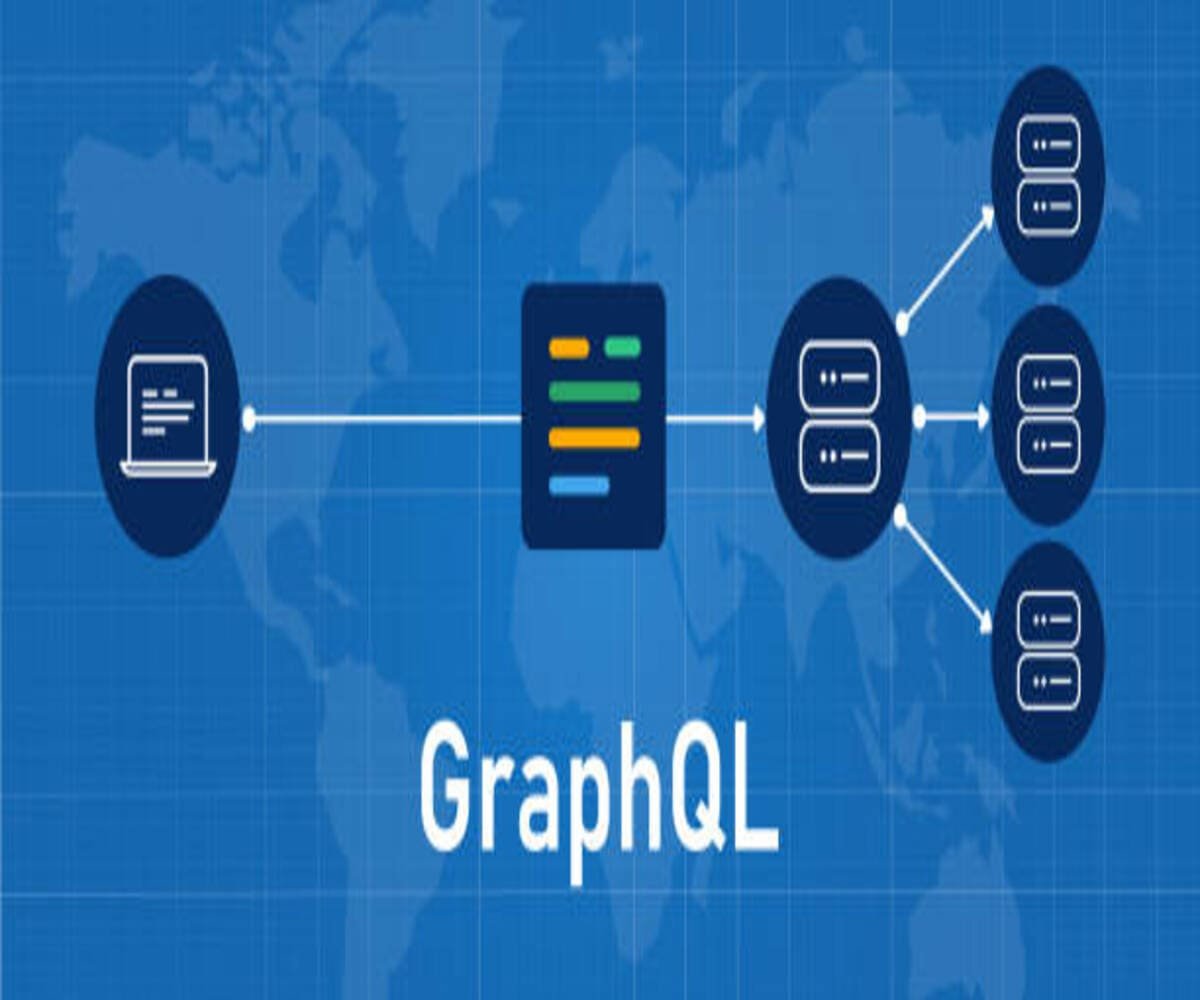GraphQL has revolutionized API development by offering a more flexible, efficient, and powerful alternative to traditional REST APIs. By allowing clients to request precisely the data they need, GraphQL eliminates unnecessary data transfers, reducing over-fetching and under-fetching. This guide explores the fundamentals of GraphQL, its advantages over REST, implementation best practices, and key challenges.
What is GraphQL?
GraphQL is an open-source API query language developed by Facebook that enables dynamic and efficient data fetching. Unlike REST, which requires multiple endpoints for different resources, GraphQL operates on a single endpoint, allowing clients to specify the exact data they need in a structured query format. This results in optimized performance and reduced bandwidth usage, making GraphQL an ideal choice for modern applications.
Key Features of GraphQL APIs
GraphQL APIs offer a range of powerful features that enhance API performance and usability:
🟠 Declarative Data Fetching
Clients can request only the specific fields they need, minimizing data transfer overhead and improving efficiency.
🟡 Strongly Typed Schema
GraphQL enforces a well-defined schema that dictates available data types, queries, and mutations, ensuring consistency and predictability.
🟣 Single Endpoint Operation
Unlike REST APIs, which require multiple endpoints for different resources, GraphQL consolidates all requests into a single endpoint, streamlining API management.
🔵 Real-Time Data with Subscriptions
GraphQL supports real-time data updates through subscriptions, making it ideal for applications requiring live notifications and dynamic content updates.
🟢 API Introspection
Developers can explore API structure dynamically, making it easier to understand available queries, mutations, and data types without relying on external documentation.
GraphQL vs. REST: Understanding the Differences
While REST APIs have long been the standard, GraphQL offers several advantages that make it superior in certain scenarios:
✅ Efficiency – GraphQL reduces unnecessary data transfers by allowing clients to request only what they need, eliminating over-fetching and under-fetching issues common in REST APIs.
✅ Flexibility – REST APIs require multiple endpoints for different resources, whereas GraphQL allows fetching multiple related resources in a single query.
✅ Performance – GraphQL improves application performance by reducing API calls and optimizing query execution, making it particularly beneficial for mobile and low-bandwidth applications.
✅ Real-Time Capabilities – GraphQL’s subscription mechanism supports real-time data streaming, whereas REST relies on techniques like polling, which can be inefficient.
How to Implement a GraphQL API: Step-by-Step Guide
1️⃣ Define the Schema
Start by designing a schema that outlines data types, queries, and mutations. This schema serves as the contract between the client and the API.
2️⃣ Implement Resolvers
Resolvers are functions that handle GraphQL queries and mutations, fetching data from a database or external APIs based on client requests.
3️⃣ Set Up a GraphQL Server
Use popular GraphQL server implementations such as Apollo Server, Express GraphQL, or Hasura to manage API requests efficiently.
4️⃣ Secure the API
Implement authentication and authorization mechanisms like JWT (JSON Web Token) or OAuth to restrict access and protect sensitive data.
5️⃣ Optimize Query Performance
Use query complexity analysis, batching, and caching techniques to enhance API efficiency and prevent performance bottlenecks.
6️⃣ Test and Deploy
Test the API using tools like GraphiQL, Postman, or Apollo Explorer before deploying it to production environments.
Best Practices for GraphQL API Development
🔹 Design a Scalable Schema – Organize data types logically and anticipate future expansion to maintain API longevity.
🔹 Implement Effective Error Handling – Provide meaningful error messages and structured error responses to enhance debugging.
🔹 Use Query Depth and Complexity Analysis – Prevent excessive query execution that could overload the server by limiting query depth and complexity.
🔹 Enable Caching – Utilize caching strategies at the database or application level to improve response times.
🔹 Document API Endpoints – Leverage introspection tools like GraphiQL or Apollo Explorer to generate interactive API documentation.
Challenges in GraphQL API Development
While GraphQL offers numerous benefits, it also presents some challenges:
🔸 Increased Server Complexity – Implementing resolvers and managing query execution require more setup than traditional REST APIs.
🔸 Caching Difficulties – Since GraphQL allows custom queries, caching responses effectively can be more complex than in REST APIs.
🔸 Security Concerns – Query depth attacks and excessive data exposure risks necessitate proper security measures such as query whitelisting and validation.
🔸 Performance Issues – Without query optimization, inefficient queries can impact server performance and response times.
Conclusion
GraphQL has emerged as a game-changer in API development, providing unmatched flexibility, efficiency, and real-time capabilities. By designing a structured schema, implementing resolvers efficiently, and following best practices, developers can build scalable GraphQL APIs that enhance application performance and user experience. While challenges exist, proper security measures, caching strategies, and performance optimizations can help overcome them, making GraphQL a preferred choice for modern API-driven applications.

